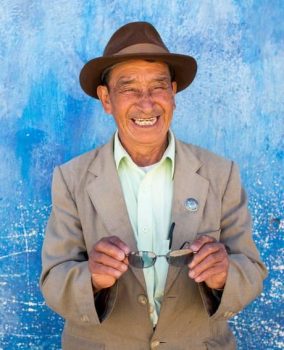By Tess Alonge
Warby Parker has revolutionized the eyeglasses market since it was founded in 2010. Prior to the company’s inception, quality glasses would cost consumers hundreds of dollars. Founders Neil Blumenthal and David Gilboa were dissatisfied with this norm and set out to create a business that offered high-quality glasses at an affordable price. In addition to offering fair prices to consumers, this organization focuses on a “buy a pair, give a pair” mission, classifying it as a BOGO social enterprise.
In achieving this mission, Warby Parker utilizes two models:
- Empowering adults with training opportunities to administer basic eye exams and sell glasses for ultra-affordable prices (accounts for the majority of distribution).
- Directly giving vision care and glasses to school-age children in their classrooms, where teachers are often the first to spot issues.
Both of these models encompass vital components that allow Warby Parker to have long-term, significant social change. Some of these components (outlined by Professor Dennis Shaughnessy) are:

Founders of Warby Parker
Selecting the Right Product. Eyeglasses are the ideal product for the BOGO model. By offering stylish, quality glasses at an affordable price, Warby Parker receives high demand from traditional consumers. Furthermore, the company estimates there are 2.5 billion people worldwide that require glasses but cannot access them. These two groups are brought together and served in the buy one, give one model.

A man receives affordable eyecare from Warby Parker’s partner, Vision Spring
Finding a Grassroots Partner. Warby Parker partners with VisionSpring, a social enterprise with extensive experience in distributing eyeglasses to low-income communities. Grassroots partners are more connected with and knowledgeable about the communities being served, and therefore can be more effective.
Empowering Locals and Creating Lasting Opportunity. By training local adults in communities to conduct exams/sales, the impact made is deeper and longer lasting than it would be if Warby Parker sent their own employees around the world. Empowering locals allows communities to become self-sufficient in solving the problem, which is ultimately the most sustainable and beneficial strategy in the long run.
Through deploying the BOGO model in a socially-responsible way, Warby Parker has been able to distribute over 4 million pairs of glasses to those in need. This business is an archetypal example of the widespread impact that can be made through this organizational structure.


